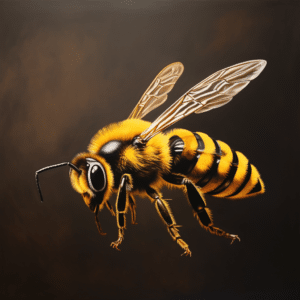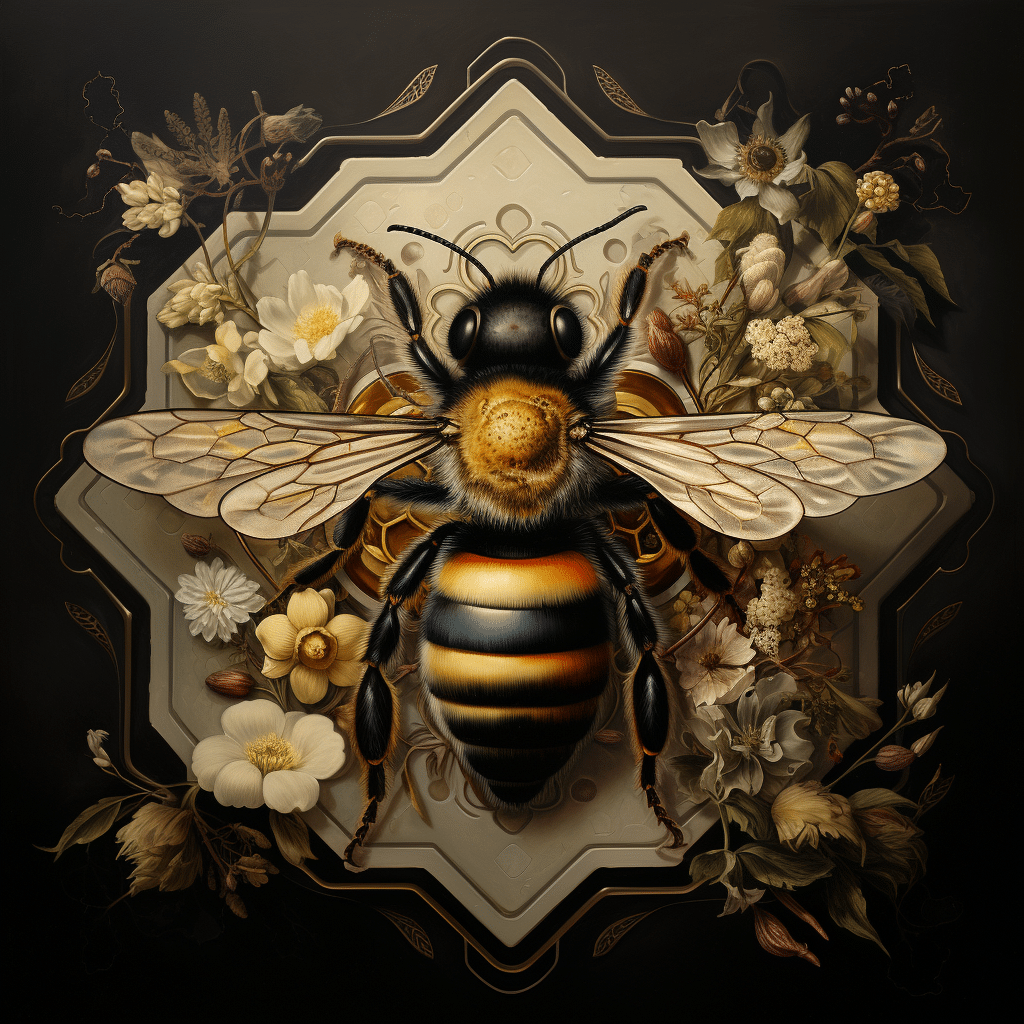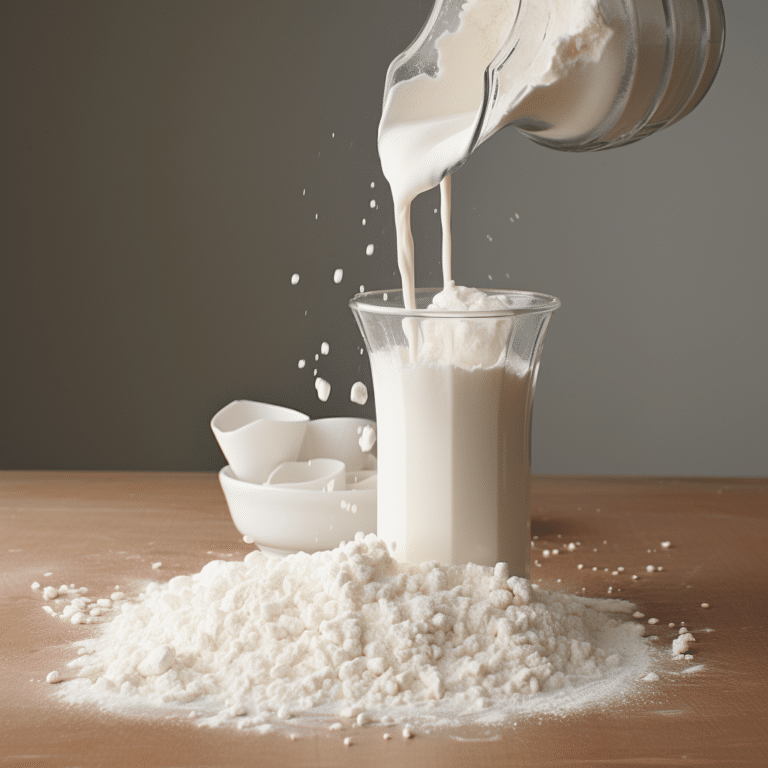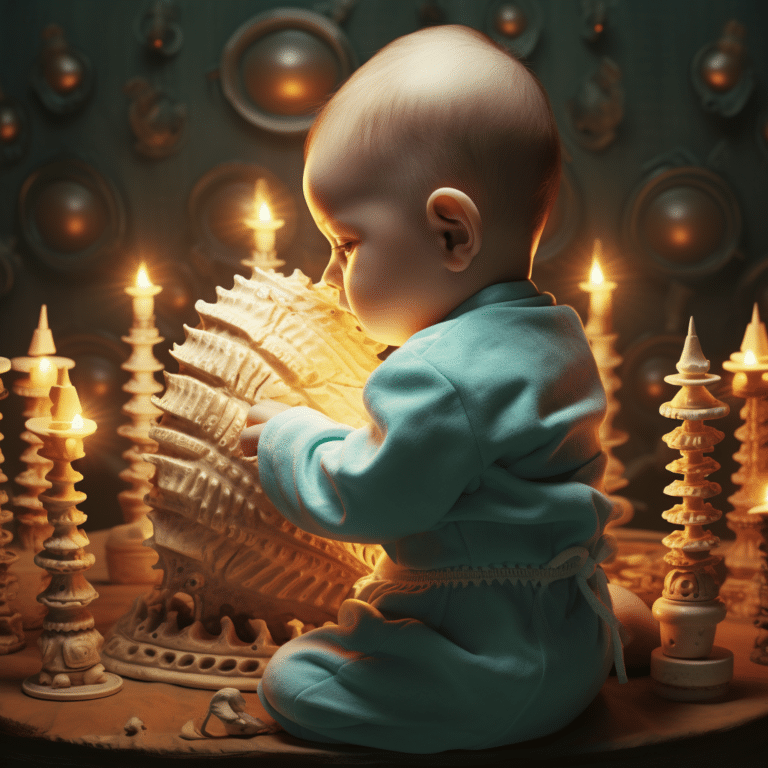Do Bees Like Breast Milk? Exploring Attraction Phenomenon
Have you ever wondered if bees are attracted to breast milk? This is a question that has been debated extensively by researchers and scientists. Unfortunately, there are very little scientific studies that have been conducted to answer this question, so we have no definitive answer.
On the other hand, there are some compelling pieces of evidence that suggest that bees do indeed exhibit a strong attraction to the smell of human breast milk. This article digs deep into breast milk and to some point answers the question why bees and other insects are attracted to it. Keep reading.

Breast Milk Basics
Breast milk is the best food for your baby. It is easily digested and has the perfect balance of nutrients to support your newborn’s growth and development. Similarly, it is unique because it contains the same nutrients as artificial formulas, including proteins, carbohydrates, fats, vitamins, and minerals.
Additionally, breast milk contains crucial hormones that help regulate your baby’s digestive system and immune system. In addition, it contains antibodies that help protect babies from diseases like polio or diphtheria.
However, the composition of human breast milk usually changes over time as the baby grows. While some nutrients remain constant throughout a child’s life (such as iron), others may change based on how much milk a mother produces at each lactation period.
What Makes Breast Milk Attractive to Bugs
Even though breast milk is the most nutritious food for babies, it attracts many bugs. In fact, it’s one of the most nutritious and easily digestible foods on earth. Basically, many factors make breast milk attractive to insects and other small animals.
For instance, it contains high levels of fat and protein, which are highly appealing to bugs. Similarly, breast milk has a unique smell that attracts insects to it. The smell is created by the proteins in breast milk called human milk oligosaccharides (HMOs), which are at higher levels than in formula or cow’s milk.
These HMOs have a sweet smell and taste, which is why breast milk smells and tastes so good to babies. The last factor that makes breast milk attractive to bugs is its texture. Breast milk may be smooth or slightly grainy in texture, depending on how often you feed your baby with it.
You should never think breast milk would be sticky after every feeding because some babies tend to spit out their food before swallowing it completely!
Are Honey Bees Attracted to Human Breast Milk?
Yes, honey bees are attracted to breast milk. Although the scientific community has not been able to determine what exactly in human breast milk attracts honeybees, it is thought that the smell of human breast milk may be appealing to insects.
Similarly, honeybees have also been attracted to the smell of human sweat, although it isn’t common. Ideally, some scientists argue that honeybees are mostly attracted to human breast milk due to their pheromonic nature.
So, bees can detect the presence of pheromones in breast milk which usually increases bonding in animals of similar species. The same chemical substance is also inhibited in bees as a form of communication in a colony to increase their chances of survival.
The honeybee’s sense of smell is so acute that it can detect traces of pheromones in other insects’ bodies after death.
How To Keep Bugs Away from Your Breast Milk
Breast milk is the perfect food for your baby. But, as soon as the baby starts to nurse, the environment around you will be full of bacteria and other germs that can easily get into your breast milk and make your baby sick.
So, keeping your breast milk clean is important because any contamination or bacterial growth will put your baby at risk of getting sick. You can keep bugs away from your breast milk by following these tips:
Use Clean Bottles and Nipples Regularly
The first step in keeping bugs away from your breast milk is to ensure that the bottles and nipples are clean. Wash them in hot water with soap and let them air dry before storing them in the refrigerator or freezer.
You should also check them once a day before each feeding to ensure no mold or bacteria is growing on them. If you notice any signs of contamination (like mold or yeast), discard the bottle and nipple immediately.
Store Bottles in a Clean Place with Low Humidity
If you don’t have access to inside refrigeration, then consider storing your bottles out of direct sunlight, so they stay cool but don’t overheat on hot days when your child is drinking more than usual.
If possible, try not to put bottles near stoves or other heat sources because this can cause condensation inside them.
Keep Bottles Covered When Possible
Covering your baby’s bottle will help prevent dust, pollen, and other particles from getting inside. And the best way to cover it is with a fitted cover that fits snugly over the nipple portion of the bottle.
You can also use a cloth diaper cover or burp cloth to cover the top of the bottle. Wash these items frequently, so they don’t become contaminated with germs or bacteria.
Use Clean Equipment and Surfaces
Don’t leave those little stickers on your baby’s bottles! They attract dust, mold, and mildew — all things you don’t want near your baby’s food. Keep your pump off the kitchen table, so you don’t accidentally contaminate. It with germs from dirty surfaces or bacteria-laden clothes coming into contact with it.

Bottom Line
Breast milk has several components that make it an attractive food source for insects. For instance, carbohydrates and fats help serve as the energy. Source for growth and development, fats give the developing larvae insulation from temperature changes. Proteins like lactoferrin are excreted into breast milk to aid digestion.
While these components are all essential to human health, they inadvertently make mother’s milk attractive to many other animals.






